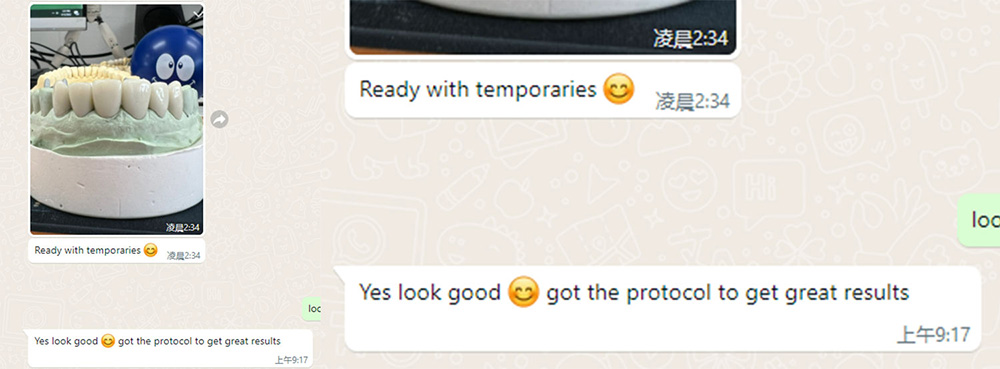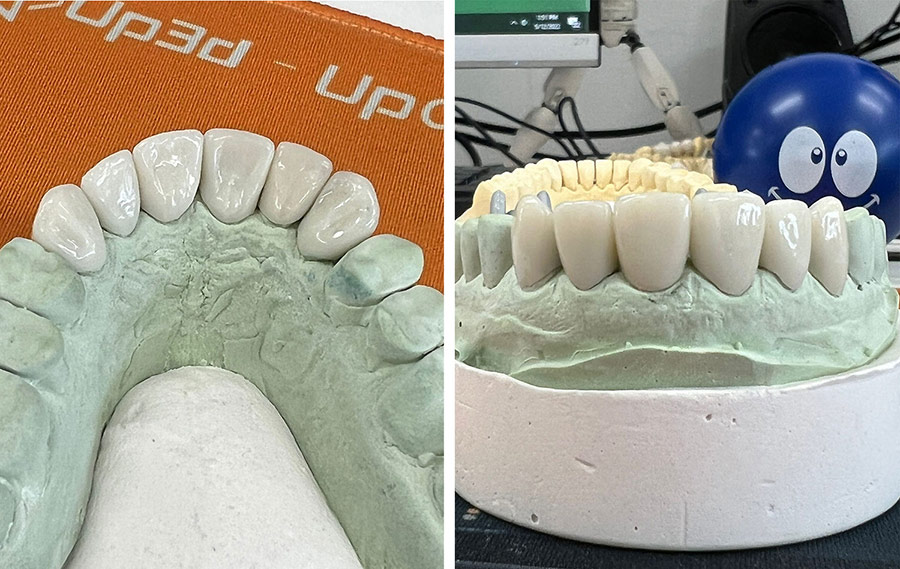Temporary crowns are a crucial component of restorative dentistry. Whether patients are awaiting a permanent crown or require tooth protection following preparation, a temporary crown offers essential support and aesthetics during this interim period. However, the quality of temporary crowns varies significantly depending on the material used.
At IFUN, our dental clients are achieving remarkable outcomes with our high-precision 3D printing resin, 3164, specifically formulated for temporary dental applications. This resin is receiving excellent feedback due to its effectiveness in mitigating common issues such as temporary crown pain or detachment.
Why Choose 3D Printed Temporary Crowns?
Contemporary temporary crowns are frequently fabricated using medical-grade 3D printing resin, which ensures a precise fit, a smooth surface, and reliable performance. This precision is vital because poorly fitted temporary crowns can lead to discomfort, gingival irritation, or even premature failure.
IFUN Resin 3164 is favored by dental laboratories because it offers:
- Fast curing speed for efficient production
- High strength to prevent fractures
- Excellent biocompatibility to minimize irritation and pain after temporary crown placement
- Low odor and minimal resin shrinkage
- Chemical and corrosion resistance for prolonged intraoral use
One satisfied customer recently shared:
“Ready with temporaries ”
“Yes, looks good Got the protocol to get great results!”

This feedback underscores the ease of use and the consistency of the results achieved with Resin 3164.
How to Make a Temporary Crown: Two Proven Methods
There are two prevalent techniques for creating temporary crowns:
Direct Method
This method is performed chairside immediately after tooth preparation and involves:
- Taking a pre-operative impression.
- Filling the mold with resin material directly within the patient’s mouth.
- Removing the temporary crown after 2–3 minutes.
- Trimming, polishing, and cementing the temporary crown using temporary crown cement or adhesive.
While the direct method is rapid, it may expose soft tissues to unpolymerized resin.
Indirect Method
This laboratory-based method minimizes temporary dental crown pain and irritation:
- Tooth preparation → Impression → Working model
- The crown is fabricated on the model using 3D printed resin.
- It is then adjusted for shape and fit.
- Intraoral try-in, polishing, and cementation are performed using a temporary crown adhesive.
By fabricating the crown outside the oral cavity, this technique reduces soft tissue exposure and enhances the accuracy of the fit.
Common Questions About Temporary Crowns
What if my temporary crown comes off?
This is a common occurrence. If your temporary crown detaches, you can use a temporary dental crown adhesive as a short-term solution. However, it is essential to schedule an appointment with your dentist as soon as possible.
Is pain normal after a temporary crown?
Mild discomfort may be experienced initially, but persistent pain following temporary crown placement often indicates improper occlusion or inadequate bonding. Your dentist can make minor adjustments or re-cement the crown with a stronger temporary crown cement.
How long can I wear a temporary crown?
Typically, temporary crowns are worn for 1–2 weeks. However, high-quality temporary crowns fabricated from advanced 3D resins can last up to two or three months without requiring reapplication of temporary crown adhesive.

Conclusion
Utilizing the appropriate material for temporary crowns significantly impacts patient comfort and clinical outcomes. IFUN’s 3164 dental resin provides the strength, precision, and biocompatibility that dental professionals require and patients appreciate.
Whether you operate a dental laboratory, a clinic, or are a prosthodontist, transitioning to high-performance 3D printed resins can streamline workflows and decrease complications such as temporary crown pain or adhesive failure.


